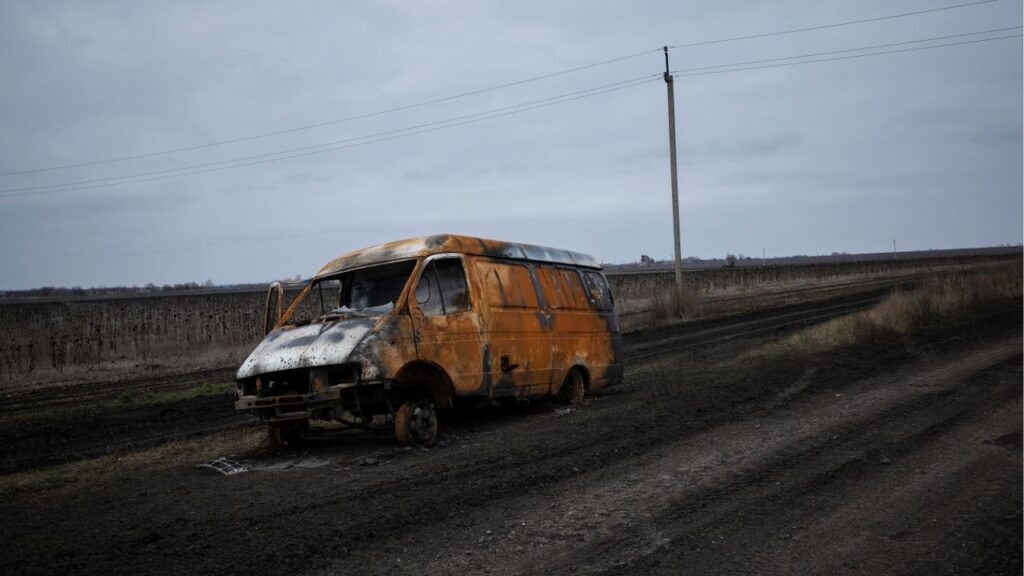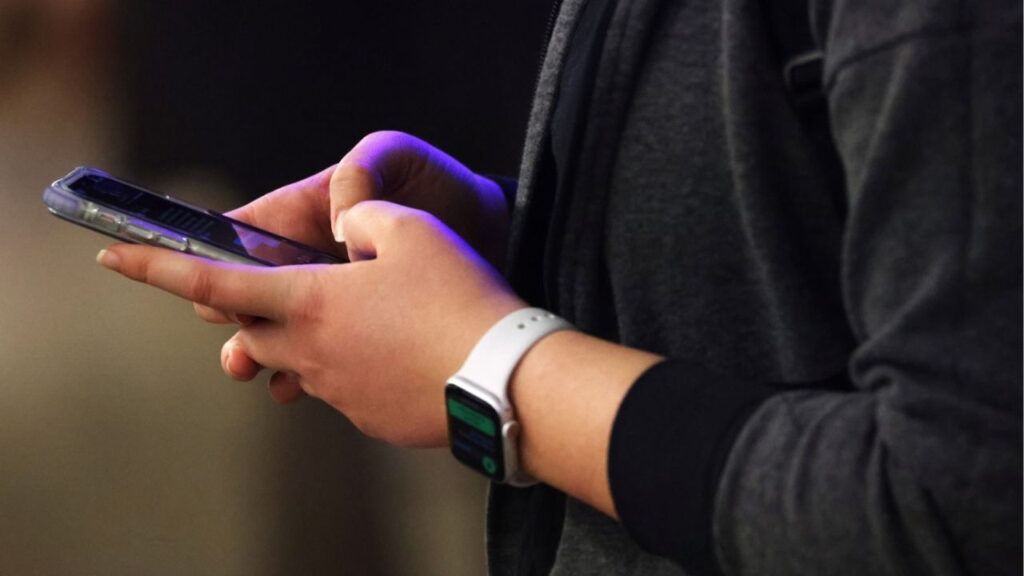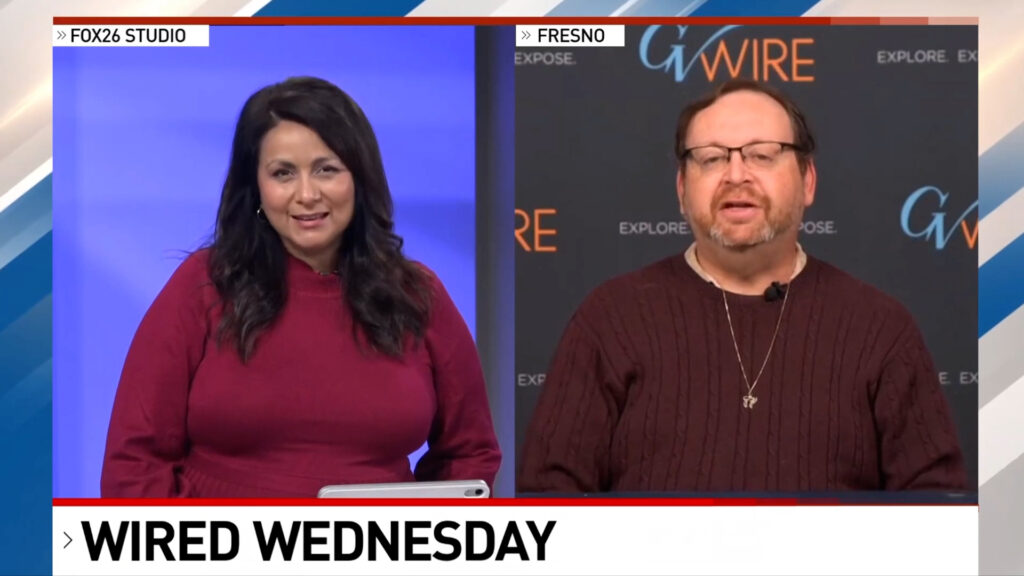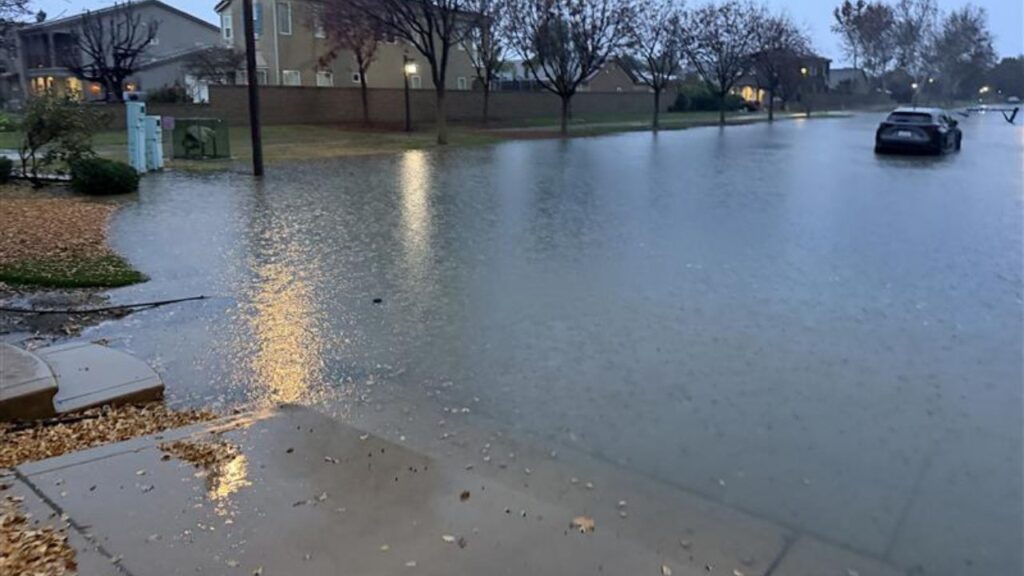Share
|
Getting your Trinity Audio player ready...
|
Another COVID-19 wave is hitting California as the summer ends and kids head back to school.

Kristen Hwang
CalMatters
It’s a familiar story by now, but one that has become perhaps more confusing with time because of changing public health recommendations, new vaccine boosters, and our evolving understanding of the virus.
There’s no reason to panic, State Epidemiologist Dr. Erica Pan said, with population immunity at high levels.
“Over the course of the last three-and-a-half years, we’re fairly sure everybody’s been exposed or vaccinated at least once, or exposed and infected whether they knew it or not,” Pan said. “There’s thankfully a lot more immunity overall.”
The test positivity rate has been growing steadily over the past two months, increasing about 8 percentage points since July to a 12.5% seven-day average. That’s a higher positivity rate than last winter’s surge, although testing data has become less reliable as access decreased and testing rates plummeted. But wastewater surveillance networks confirm what the testing data suggests: COVID-19 infections are on the rise across California.
The second indicator of COVID-19’s comeback — hospitalizations — is also trending upward. The number of daily new hospital admissions has increased more than 87% since the start of summer.
The Labor Day holiday will surely fuel more transmission and hospitalizations, but hospitals are nowhere near the brink of collapse that previous surges threatened. The uptick in cases is not having a “dramatic impact on hospitals” so far, California Hospitals Association spokeswoman Jan Emerson-Shea said.
Still, public health experts recommend people take the typical precautions to prevent a serious outbreak: vaccinate, mask, and isolate.
“Some people are very terrified. Most people are not thinking about (COVID-19) at all. The right answer is somewhere in between,” said Dr. Peter Chin-Hong, an infectious disease specialist at UCSF Health. “At the minimum, we have enough tools to have individual protection without having mandates.”
If you’re wondering what the latest uptick means, you’re not alone. Here are answers to common questions.
What Does It Mean to Be Fully Vaccinated?
At this point, vaccination is one of the most confusing aspects of the constantly mutating Sars-CoV-2 virus. The Centers for Disease Control and Prevention now advises people age 6 and older who are not immunocompromised to have at least one bivalent Moderna or Pfizer shot to be considered fully vaccinated.
That means if you have never gotten a COVID-19 vaccine before, you only need to get one bivalent shot.
And, if you had previous versions of the vaccine (known as monovalent vaccines), you need to get a bivalent shot to be fully vaccinated.
The bivalent shot was introduced last fall to protect against the highly contagious omicron variant. People who are older than 65 can also get a second dose of the bivalent vaccine if their last one happened at least four months earlier.
The recommendations for children 5 and younger and for those who are immunocompromised are more complex, but the CDC created flow charts to determine your status, and it’s recommended you speak with your doctor.
Should I Wait for the New Booster?
“It all depends on who you are. Given the uptick in cases right now, if you’re vulnerable you may not want to wait,” Chin-Hong of UCSF said.
The Food and Drug Administration is expected to approve a third version of the vaccine that takes into account more recent variants before the end of September. But, as Chin-Hong said, people who are older than 65 or immunocompromised might not want to wait until that shot is widely available to boost their immunity. The bivalent shot still protects against severe disease, hospitalization, and death.
The CDC is expected to make age-specific recommendations on Sept. 12 during a regulatory meeting, but Chin-Hong said waiting for an updated vaccine is “an interesting and nuanced thing.”
If you’re sending your kids off to college and you don’t think they’ll get the updated booster on their own next month, it’s better to take them to get the bivalent booster now, Chin-Hong said.
“Convenience trumps timing,” he said.
Do Schools Still Require COVID Vaccinations?
In short, no. Staying up-to-date on COVID-19 shots and boosters is “strongly recommended” by the University of California and California State University systems, but it’s no longer a requirement to attend class in person.
Likewise, the vaccine is not required for K-12 students although public health experts advise that kids as young as 6 months old be vaccinated.
Children remain the most undercovered group. A mere 3% of children under 5 are up-to-date on the vaccine while less than 8% of children ages 5 to 11 are fully vaccinated.
A recent study suggests 70% of COVID-19 cases transmitted within U.S. households are started by a school-aged child. Other studies suggest teachers are at increased risk of infection.
For How Long Am I Supposed to Isolate After Infection?
The rule of thumb to remember when you test positive is five days of isolation followed by five days of masking, but of with all things COVID-19 there are caveats, according to the CDC.
- You can end isolation after five days if you have no symptoms or they are improving AND if you have not had a fever for 24 hours.
- If you have a fever, continue isolating until 24 hours after it ends.
- You should wear a mask around others for a total of 10 days from the onset of symptoms. You may remove the mask before 10 days if you have two negative tests spaced at least a day apart.
- If you live with someone who has COVID-19 or are exposed to otherwise close contact, public health officials recommend wearing a mask for 10 days.
All of this applies to school-aged children although your school might have its own policies. If one of your kids contracts COVID-19 but their sibling tests negative and is asymptomatic, there’s no reason to keep the asymptomatic kids home from school, although you should monitor them for developing symptoms.
Where Can I Get Treatment?
Antiviral treatment is widely available in California. Experts recommend anyone 12 and older who tests positive for COVID-19 seek treatment immediately and not wait until symptoms worsen. Primary care providers can issue a prescription for the treatment Paxlovid or people can call the state COVID-19 hotline for a free telehealth appointment to check eligibility. The state hotline is 833-686-5051.
It is important to keep in mind that Paxlovid, the oral antiviral approved to treat COVID-19, is only for those ages 12 and older. Remdesivir is the only FDA-approved treatment for those younger than 12 who are at risk of developing severe disease, but it is administered intravenously, which means it typically requires a hospital stay. The best way to prevent severe disease among young kids is vaccination.
Are COVID Tests, Vaccines and Treatments Still Free?
COVID-19 vaccines and treatment are still free in California regardless of insurance or immigration status. Tests are also still free for most Californians, thanks to a state law passed last year, although you might have to file a reimbursement claim with your insurer after buying a test.
The state’s MyTurn vaccine portal is still open to schedule appointments, and the state COVID-19 hotline runs 24/7 to assess treatment eligibility. Those services will remain free and widely available at least through February 2024, the Public Health Department’s Pan said. California will also receive 700,000 vaccine doses from the federal government that will be distributed to county health departments, local pharmacies and community providers to ensure access to free vaccination, Pan said.
In addition, state-regulated insurers, who provide most health insurance in California, are required to permanently cover in-network testing, vaccination and treatment free of charge. Out-of-network coverage will end Nov. 11.
If you have a federally regulated health insurance plan, coverage of testing expired in May. These health plans are required to permanently cover free COVID-19 vaccines but may not cover the full cost of treatment after November. You can ask your workplace what kind of coverage you have.
What Are My Rights at Work?
Employers are required to follow workplace safety and health regulations to protect workers from COVID-19, this includes:
- Providing personal protective equipment like masks when requested by the employee
- Offering free tests during paid time to employees who had a close COVID-positive contact at work and during workplace outbreaks.
Employers can’t prohibit employees from wearing face masks as the In-N-Out burger chain did with its non-California restaurants, and they can’t retaliate against workers who choose to exercise their rights. Employers can, however, still require employee vaccination and masking.
Extended sick leave for COVID-19 expired in December 2022, but state labor law requires employers give full-time employees three days of paid leave annually.
What About Other Seasonal Infections?
COVID-19 isn’t the only respiratory virus making the rounds. Last winter a “tripledemic” of influenza, respiratory syncytial virus and COVID-19 gripped the state, prompting local health emergencies.
This year for the first time, those who are at highest risk of respiratory syncytial virus, also known as RSV, have options for protection. People 60 and older can get an RSV vaccine, and babies and toddlers can get a drug that prevents severe disease. The 2023 flu vaccine is already available.
“Everyone should get themselves and their loved ones vaccinated before these things start circulating because it takes a couple of weeks or so for that immunity to kick in and provide protection,” Pan said.
About the Author
Kristen Hwang reports on health care and policy for CalMatters. She is passionate about humanizing data-driven stories and examining the intersection of public health and social justice. Prior to joining CalMatters, Kristen earned a master’s degree in journalism and a master’s degree in public health from UC Berkeley, where she researched water quality in the Central Valley. She has previously worked as a beat reporter for The Desert Sun and a stringer for the New York Times California COVID-19 team.
About CalMatters
CalMatters is a nonprofit, nonpartisan newsroom committed to explaining California policy and politics.
RELATED TOPICS:
Categories

One Gaza Girl’s Fight to Survive Extreme Hunger

















